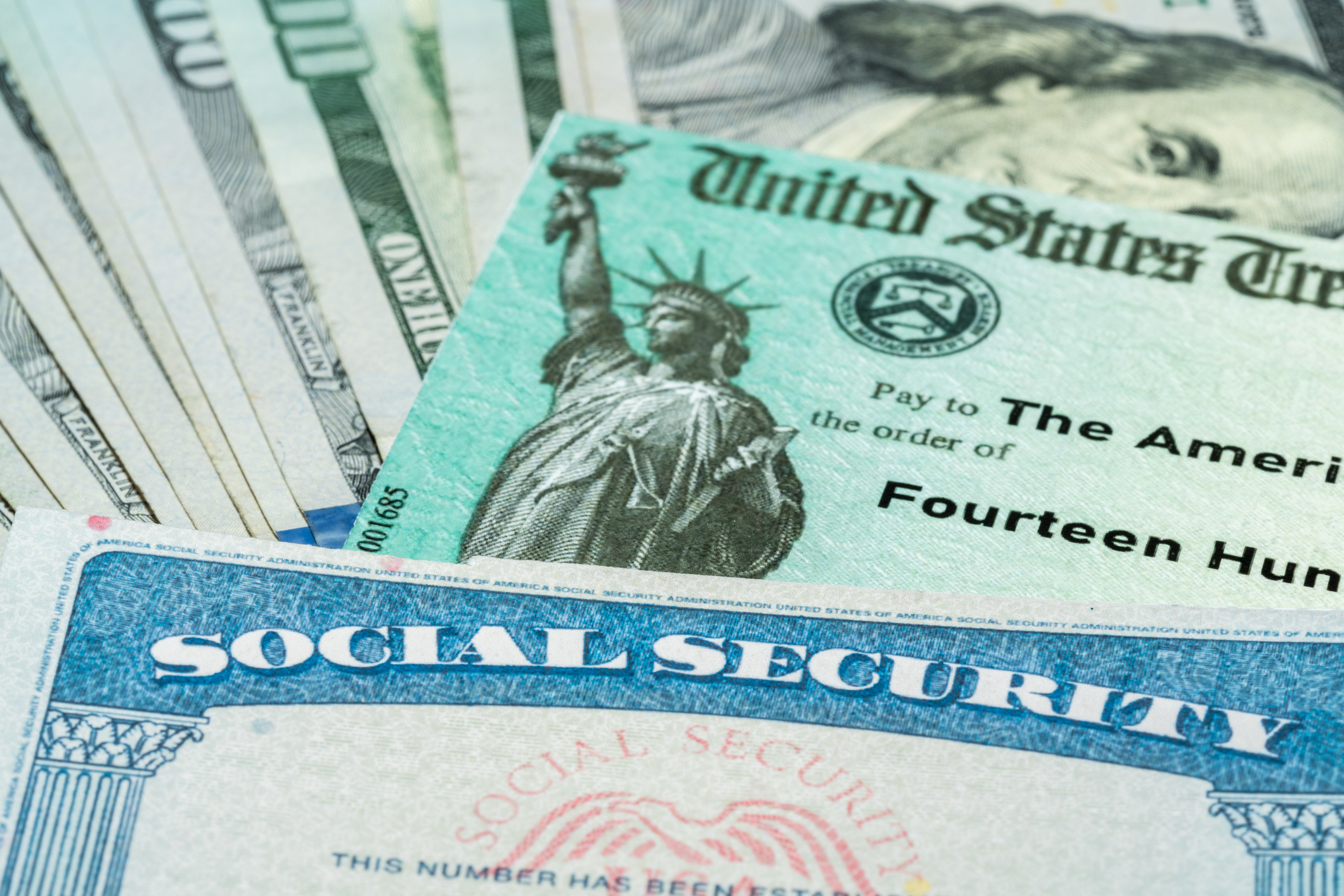Key Takeaways
- Federal Reserve Chair Jerome Powell is set to deliver a speech laying out whether the central bank is ready to cut interest rates.
- Fed-watchers may feel a sense of déjà vu since this is similar to last year’s Jackson Hole event, when investors watched the annual speech for clues about possible rate cuts in September.
- This time, the economic conditions are different, and rate cuts are considered likely but not guaranteed.
As was the case last year, Wall Street will keenly watch Federal Reserve Chair Jerome Powell’s speech at the Jackson Hole economic conference, looking for signs that the central bank is about to cut interest rates. Last year, he delivered, but this year could be a different story.
Powell is scheduled to speak Friday at 10 a.m. Eastern Time. His speech, titled “Economic Outlook and Framework Review,” could be anything but boring for financial markets. Powell could use the speech to discuss the Fed’s long-term strategy for monetary policy, the central bank’s independence, or the outlook for interest rates in the next few months. In the latter respect, the speech has similar significance to one he gave at Jackson Hole in 2024.
Here’s what he said back then, and what he might say this time around:
Pivot Point
In 2024, as today, the economy seemed to be at a turning point.
The rapid price increases of the post-pandemic era had simmered down, the job market was solid, and most forecasts called for a “soft landing” rather than an economic crash. But then, as now, some red flags were starting to wave in the job market: a worrisome uptick in the unemployment rate sparked fears of a surge in joblessness.
To Powell and the other members of the central bank’s policy committee, the time was right for the Fed to start easing its high interest rates, which had been in place for more than a year. High rates had done their job of quelling inflation, and it was time to boost the economy with lower borrowing costs that encourage hiring.
Powell used his Jackson Hole speech to say the Fed was pivoting and would lower the fed funds rate from a two-decade high at its policy committee’s next meeting. He said in very clear terms that inflation was more under control and the Fed would soon cut interest rates.
“The upside risks to inflation have diminished. And the downside risks to employment have increased,” Powell said. “The time has come for policy to adjust. The direction of travel is clear, and the timing and pace of rate cuts will depend on incoming data, the evolving outlook, and the balance of risks.”
The Fed went on to cut interest rates by a full percentage point over its next three meetings.
Why This Time Could Be Different
A year later, experts are once again worried about the health of the job market after a spate of worrisome data, and financial markets are once again looking to Powell for a hint about possible rate cuts at the September meeting.
This time, it’s far from obvious that Powell will support rate cuts.
Back in 2024, the data was pulling the Fed toward rate cuts. This time, it’s pulling it in two directions: the tariff-related price hikes are starting to materialize, and the job market is showing signs of weakness.
Experts have said there’s a good chance Powell chooses to keep his options open instead of laying his cards on the table like he did last time.
On the eve of the speech, investors were pricing in a 74% chance the Fed will cut interest rates starting in September, down from near certainty earlier in the month, according to the CME Group’s FedWatch tool. The tool forecasts rate movements based on fed funds futures trading data. Whatever Powell says Friday could drastically change those odds.
Source link


